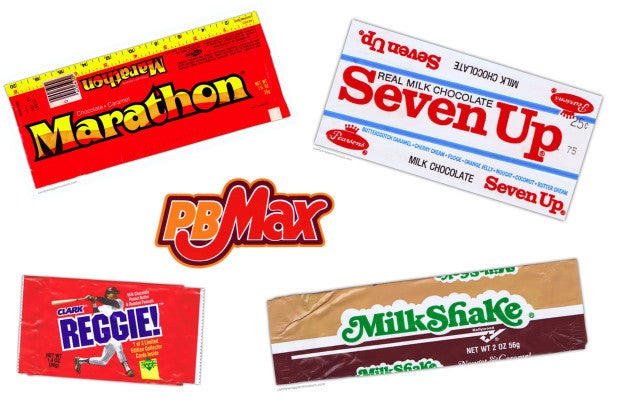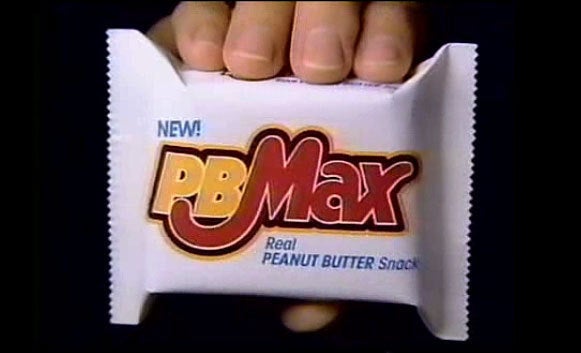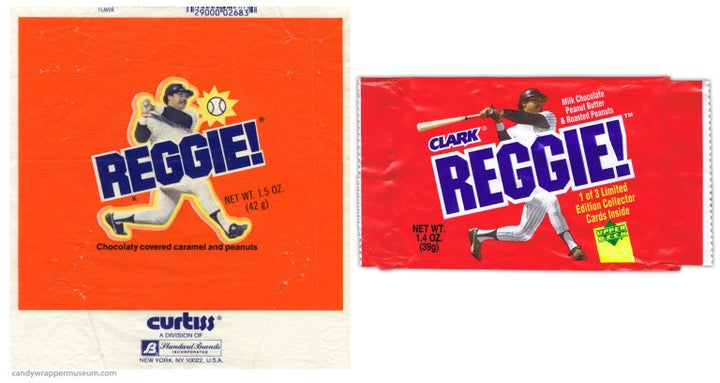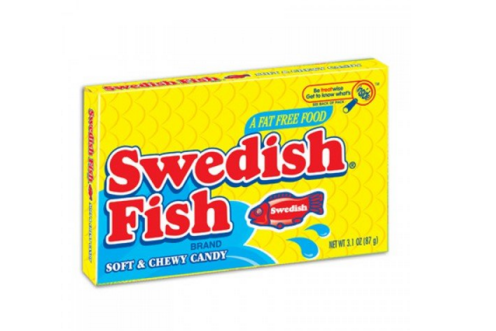For Bon Appetit, by Rachel Tepper Paley.

When a factory shuts down production of some past-its-prime candy, those sorry sweets disappear from supermarket shelves and depart from mainstream consciousness. Before long, you can find only stale specimens listed for obscene prices on eBay, and some time after that, no one really thinks of them at all, except to say, “Hey, remember that candy from way back when?”
There are noted, glorious exceptions — chocolates and sweets from yesteryear that continue to command outsized interest. They’re not always the candies a millennial might immediately think of, like the discontinued Butterfinger BB’s (gone forever) and Dunkaroos (only available in Canada) of the 1990s.
According to conversations with several candy historians — a very real and fantastic profession — true, deep-seated obsession is reserved for a slightly older class of candies, many of them casualties of the American candy industry’s shift from small regional producers to large national conglomerates in the 1980s. Big-time outfits swallowed up smaller ones, often choosing to cease production of sweets that in some cases had been around since the 1920s, apparently a time of great candy bar prosperity. Susan Benjamin, author of the recently released history of American candy Sweet as Sin, estimates that there were as many as 100,000 companies producing candy bars during that decade.
So which discontinued candy bars continue to pull at the heartstrings of sugar fiends the national over? We posed the question to Benjamin; as well as to Beth Kimmerle, author of Candy: The Sweet History and curator of The Candy Wrapper Museum; and Darlene Lacey, author of Classic Candy: America’s Favorite Sweets, 1950-80 and owner of research-based historical candy store True Treat Historic Candy in Harpers Ferry, West Virginia.
How many of them do you remember?

Seven Up Bar
Invented in the 1930s by Pearson’s Candy, Seven Up was a chocolate-covered bar with seven chambers that each contained a different filling, which changed over the years, but included coconut, butterscotch caramel, buttercream, fudge, Brazil nut, cherry cream, and orange jelly. The bar was discontinued in 1979, although amazingly it retains a devoted fan base. “People loved that there was this whole mystery to it,” Lacey said. “People are always going, ‘Why won’t they bring back the Seven Up bar?'” Those desiring a fix may try the similar Necco’s Sky Bar, but lower those expectations: The Sky Bar only has four chambers (fudge, caramel, vanilla, and peanut) compared to Seven Up’s seven.

PB Max
M&M Mars dreamt up this bar — creamy peanut butter and oats atop a square of whole grain cookie, all covered in milk chocolate — as an answer to Hershey’s Reese’s Peanut Butter Cup in the late 1980s. But it was positioned as a snack rather than a candy bar, which may have led to its downfall. “One of the things that I remember about it was that it literally weighed a ton … the heft of it was scary to me!” said Kimmerle. That said, she’s since come to believe that the PB Max was simply ahead of its time. “I think it was before the era when you could find a whole aisle of Kind bars and granola bars and that kind of thing. My thought is maybe it was not a great name, maybe had a little too much protein… People always ask me what happened to it.”

Marathon Bar
“I’ll describe it as ‘braided caramel,’ but it was so much more than that,” Kimmerle said. “The packaging was wacky. It was really thin, but very long, and to prove it, there was a little ruler on the back, and it was covered in chocolate.” First sold in the early 70s, its run was done a decade later, perhaps because its braided structure made it difficult to produce. Today’s Curly Wurly bar is similar, but as Lacey points out, “it’s not the same size, doesn’t have the same ratio” and doesn’t command the same nostalgia.

Milkshake Bar
Produced by the former Hollywood Candy Company, the Milkshake bar emerged in the 1920s, around the same time as the Milky Way bar. They were fairly similar — both made with milk chocolate, caramel, and nougat — except that the Milkshake’s nougat was malted. “It was a little lighter and fluffier than a Milky Way, and you could put it in the freezer and eat it like an ice cream bar in the summer,” recalled Lacey. It disappeared sometime in the late 1970s or early 1980s, perhaps because of turmoil within the company. Hollywood Candy Company was acquired by the Leaf Candy Company in 1988, which later became part of Hershey in 1996. “During this period, most of the candy [produced by Hollywood] was phased out except for Pay Day and the Zero bar,” explained Benjamin.

Reggie! Bar
Named for baseball great and onetime New York Yankees right fielder Reggie Jackson, the Reggie! bar was a round, milk chocolate-covered bar with a peanuts and a caramel center. It was originally intended as a novelty candy and made its debut at the Yankees home opener in 1976, but proved so popular that it stuck around before getting benched in 1982. A slightly-tweaked Reggie! bar with peanut butter instead of caramel made a brief comeback in the 90s, but it was gone for good just a short time later. Maybe it’s because the bars could turn dangerous? Lacey offers a fascinating anecdote: “When it was given out at the home opener of the Yankees game, the fans started throwing them out onto the field because Reggie was batting really well,” she recalled.“The fans got so excited that it turned into this fiasco!” (An aside: The original Reggie! bar was a heck of a lot like a Baby Ruth, which is often mistakenly thought to have a connection to baseball legend Babe Ruth. It was more likely named for President Grover Cleveland’s daughter Ruth.)
So what makes certain discontinued candy bars stick out from the pack? Lacey thinks variety and imaginative packaging have a lot to do with it. “When I was a kid in the 1970s, it was a heyday of outrageous ad campaigns and fun candy wrappers,” she told us. “Now you see it’s all the same thing repackaged. And I think the imagination has been taken away from candy these days and people miss that.”
But ultimately, Kimmerle believes that a candy’s popularity in the afterlife boils down to something much simpler. “For many people, candy that they had in their childhood, it’s like a time machine,” she said. “They call it ‘comfort food’ because it takes people back to a certain time and place. Candy is the same way.”
More from Bon Appetit:

